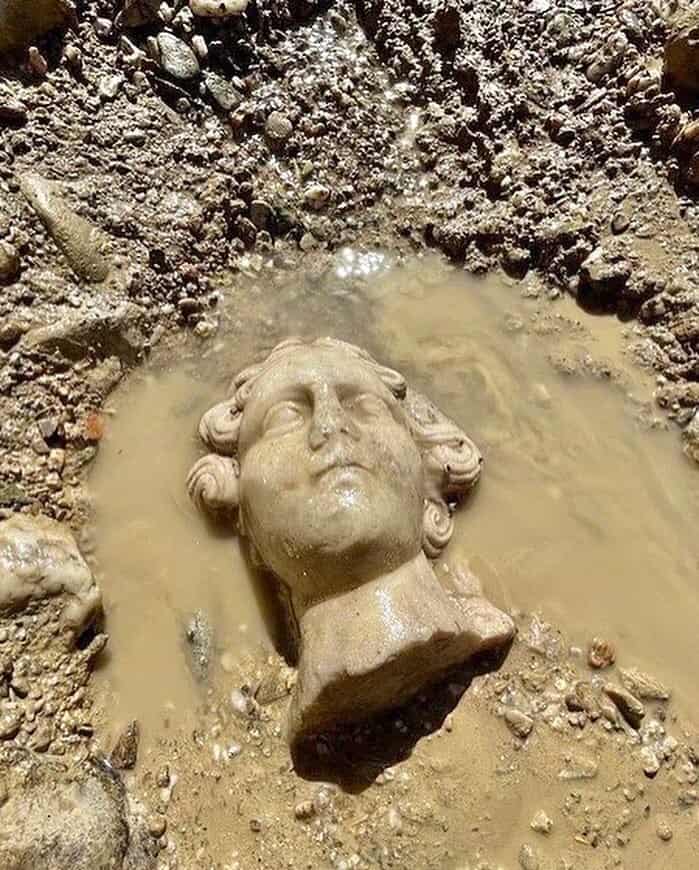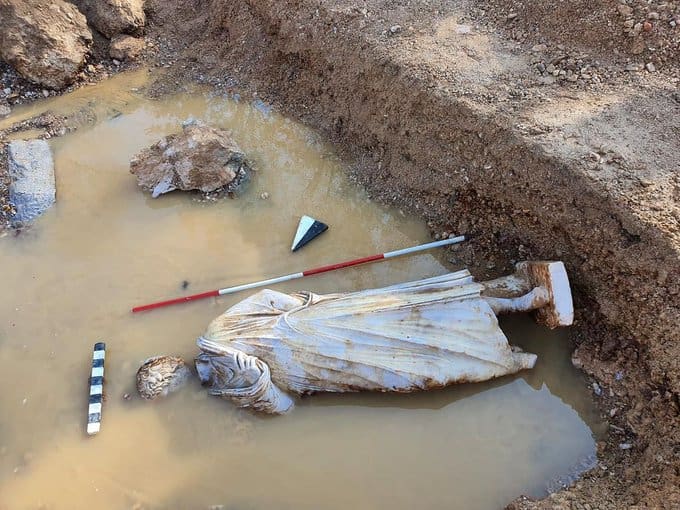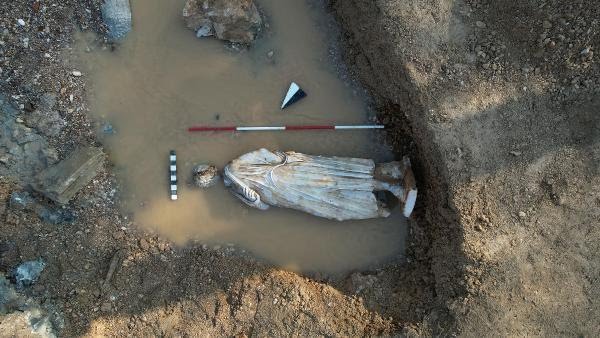Sculptures of Eros, Heracles and Dionysus, which are very important in Greek Mythology, were found during the excavations in the ancient city of Aizanoi, which is on the UNESCO World Heritage Tentative List in the Çavdarhisar district of Kütahya in Turkey.





Amongst its ruins, Aizanoi has five ancient and still used bridges, two Turkish-style baths, column-lined promenades, a stadium, a gymnasium, a theatre and its great Temple of Zeus.
History of Aizanoi
Aizanoi was an Ancient Greek city in western Anatolia. Located astride the River Penkalas, some 1000m above sea level, the city was an important political and economic centre in Roman times.
Settlement in the area is known from the Bronze Age. It changed hands between the Kingdoms of Pergamum and Bithynia, finally being bequeathed to Rome in 133 BC. Aizanoi’s monumental buildings date from the early Empire to the 3rd century.
Aizanoi became a Christian bishopric, with its bishop, Pisticus, being a participant at the First Countil of Nicaea in 325. The former city is no longer a bishopric, and is today listed by the Catholic Church as a titular see.
After the 7th century, Aizanoi fell into decline. Later, during Seljuk times, the temple hill was repurposed as a citadel.
The ruins of the city were discovered in 1824 by European travellers. Survey work in the 1830s and 40s was followed by thorough and systematic excavation conducted by the German Archaeological Institute from 1926.
This excavation was resumed in 1970, and is still ongoing, with archaeologists in January 2021 announcing that they have discovered a cache of 2,100-year-old Roman coins in a jug buried near a stream.
In 2012, the site was submitted for inscription on the UNESCO World Heritage List.


